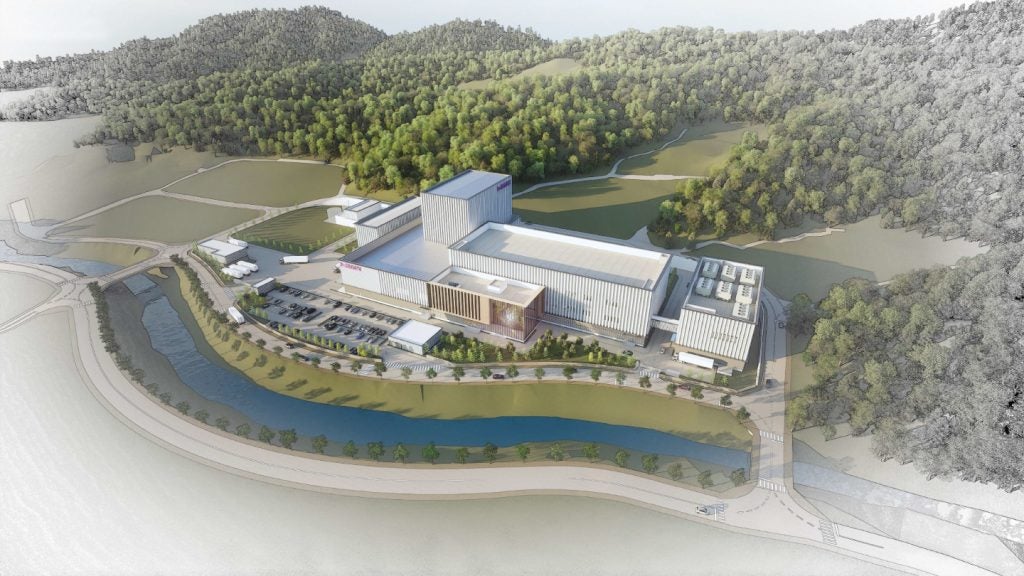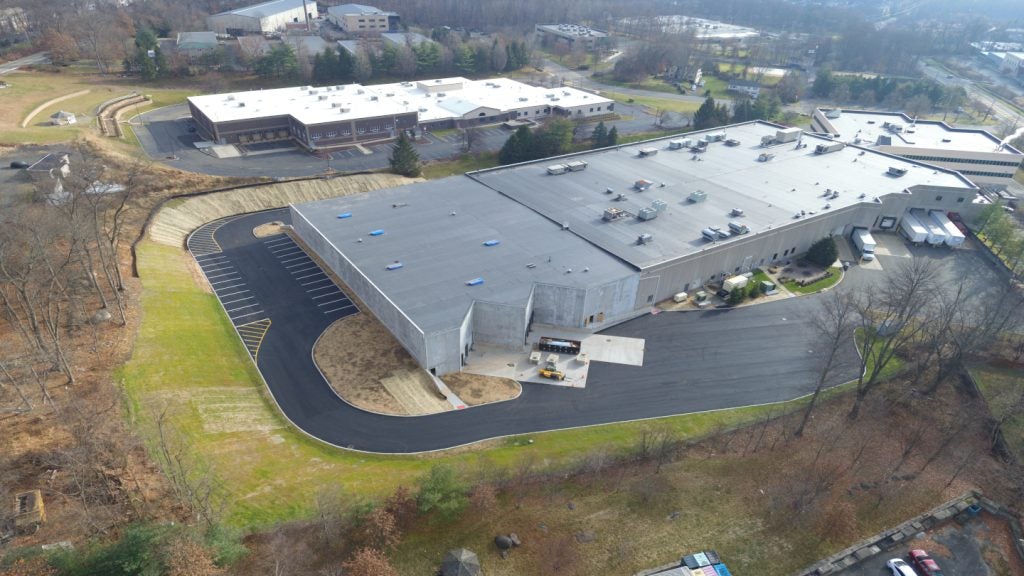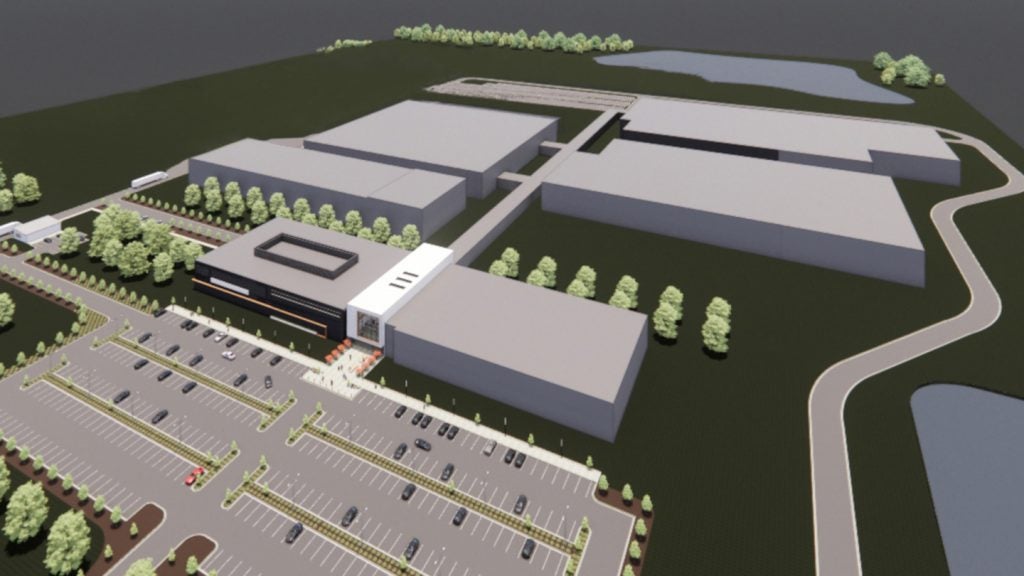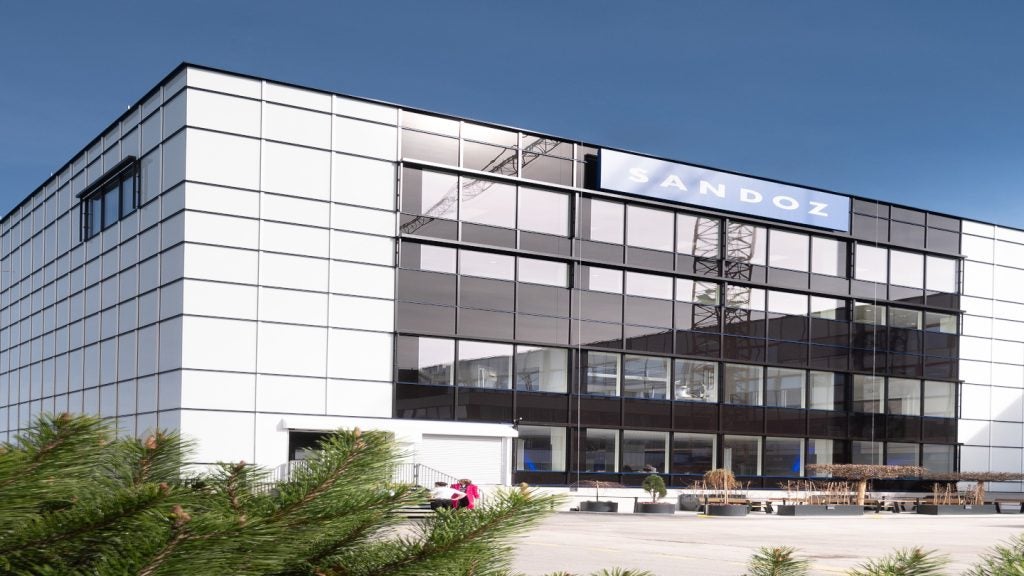AstraZeneca’s large-scale laboratory (LSL) project was instigated as a brownfield development in Macclesfield, UK.
A new 5,990m³ facility was designed to produce drug substances for pre-commercial trials and testing. It focused on pharmaceuticals for gastrointestinal, cardiovascular, respiratory, oncology and neuroscience applications.
The project was first put into action in October 2001. AstraZeneca invested £25m in the new facility and construction was started in January 2002.
Construction was completed by December 2003 and commissioning and validation were completed by June 2004. The plant was producing C2 quantities of drug substance in July 2004.
Contractors
The plant was constructed under the new Alliancing concept developed by AstraZeneca. Multi-skilled project teams from AstraZeneca and a small group of partner companies were responsible for all of the decisions relating to construction.
AstraZeneca acted as construction manager for the project, while Jacobs Engineering Group was responsible for designing and constructing.
The equipment suppliers included Thermal Transfer, Galifords, Mach-Aire, Boulting Group, Westpile, Red Architectural, Interserve, QVF, Killelea and Honeywell.
Boulting Group fabricated and installed much of the stainless steel, carbon, hastelloy, C22 pipe work and spring hanger brackets at the LSL. Some of its other work included installation of cleanroom stainless steel box sections and support steel and the fabrication and supply of 18 number heat/chill skid units.
The facility
The LSL building consists of one large three-storey building, which features three processing areas containing 16 reactors and associated ancillary equipment. There are also separate chromatography and hydrogenation suites.
The facility is an active pharmaceutical ingredient (API) facility capable of small-scale production from 1kg to 50kg. The modular plant (built for possible expansion) contains a diverse range of state-of-the-art technologies and processing equipment.
The latest chromatography technology allows the plant to be very flexible in the production of APIs of very high purity. The separation / chromatography technology includes simulated moving bed chromatography (SMB), which is a continuous recycling separation method for the separation of chiral compounds into their enantiomers. The containment system within the plant allows the handling of compounds with an occupational exposure limit as low as 30ng/m³.
AstraZeneca research and production facilities in Cheshire, UK
AstraZeneca is one of the largest employers in the Macclesfield area. The company has two facilities, one that is dedicated to research and development (R&D) at Alderley Park and another that is dedicated to large-scale production in Macclesfield itself.
AstraZeneca invested in both facilities throughout the 1990s and allowed them a central role in R&D and manufacturing for the company.
One of the notable projects was the new Zoladex plant, with a cost of £31m ($46.9m). It officially opened in July 1999, two years after the project was initially designed.
Zoladex is one of AstraZeneca’s leading anticancer drugs with sales of more than $1bn in 2005. The drug is used to treat prostate and breast cancer and some benign gynaecological conditions.
Overall, AstraZeneca invested around £77m ($112m) in new projects at Macclesfield and Alderley Park during this period.












